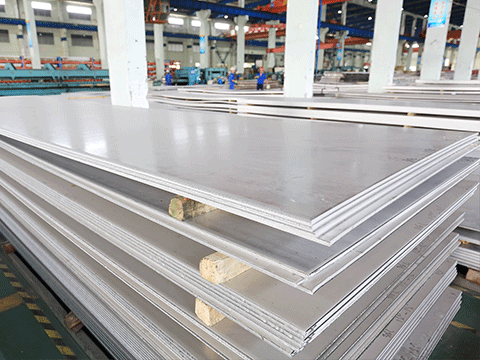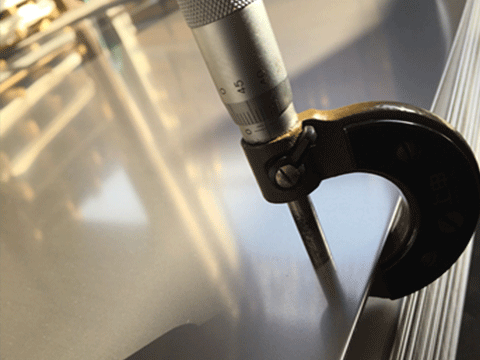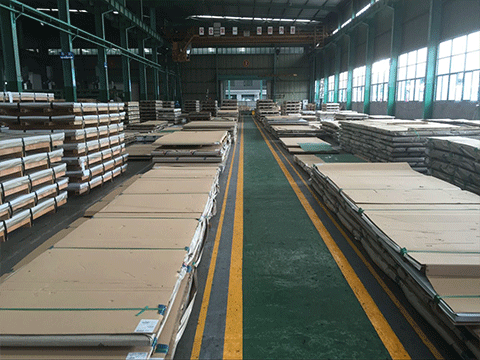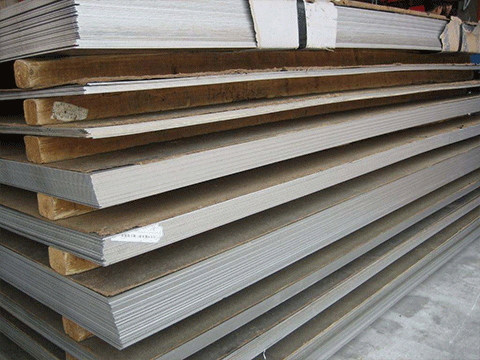
| C | MN | P | S | SI | CR | NI |
| 0.12% max | 1.00% max | 0.04% | 0.03% max | 1.00% max | 16 - 18% | 0.75% |

| MECHANICAL PROPERTIES | ||
| Metric | Imperial | |
| Tensile Strength, Ultimate | 450 MPa | 65 ksi |
| Tensile Strength, Yield | 205 MPa | 30 ksi |
| Elongation at Break (in 2") | 22% | 22% |
| Rockwell Hardness | B89 | B89 |

| C: | 0.12 max |
| Mn: | 1.0 max |
| P: | 0.040 max |
| S: | 0.030 max |
| Si: | 1.00 max |
| Cr: | 16.0 – 18.0 |
| Ni: | .75 max |
| N: | – |
| Fe: | BAL |

Density
0.28 lb./in3 / (7.74 g/cm3)
Modulus of Elasticity (E)
29 x 103 ksi / (200 x 103MPa)
Coefficient of Expansion
5.8 x 10-6 microinches/in.-°F (70-600°F) / (10.4 μm/m-°C) (20-300°C)
Electrical Resistivity
23.68 μ ohm.in / (60 μ ohm.cm)
Thermal Conductivity
15.1 Btu-in./ft.2hr.-°F / (26.1 W/m-K)
















